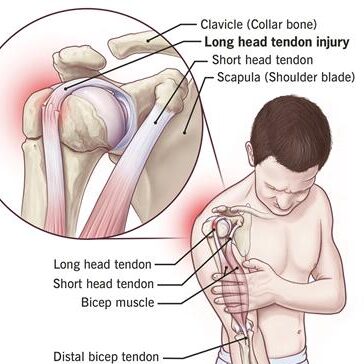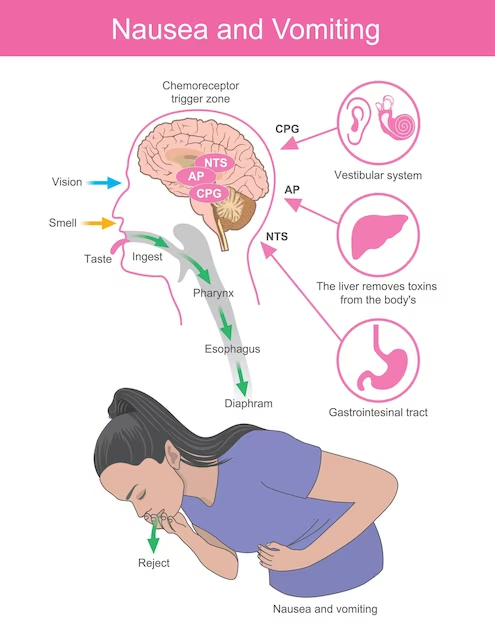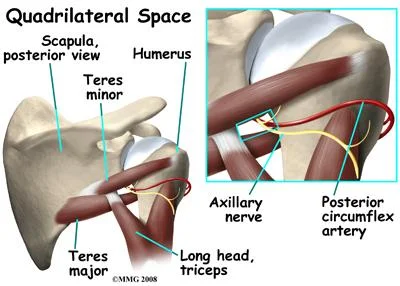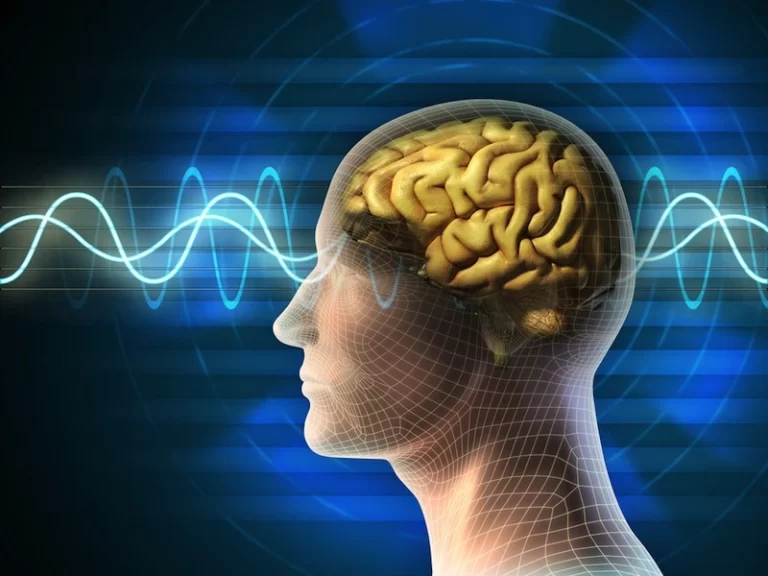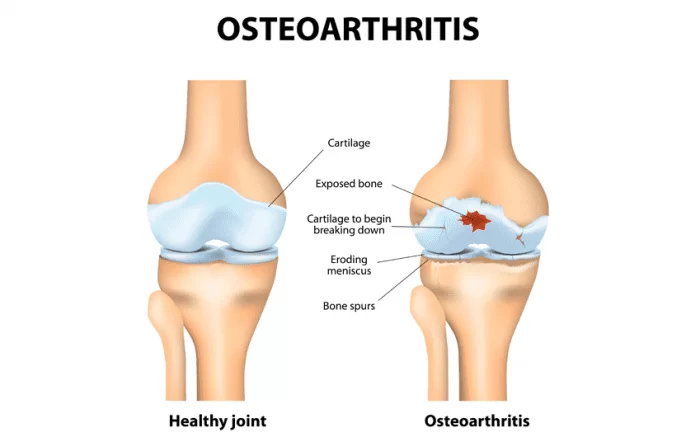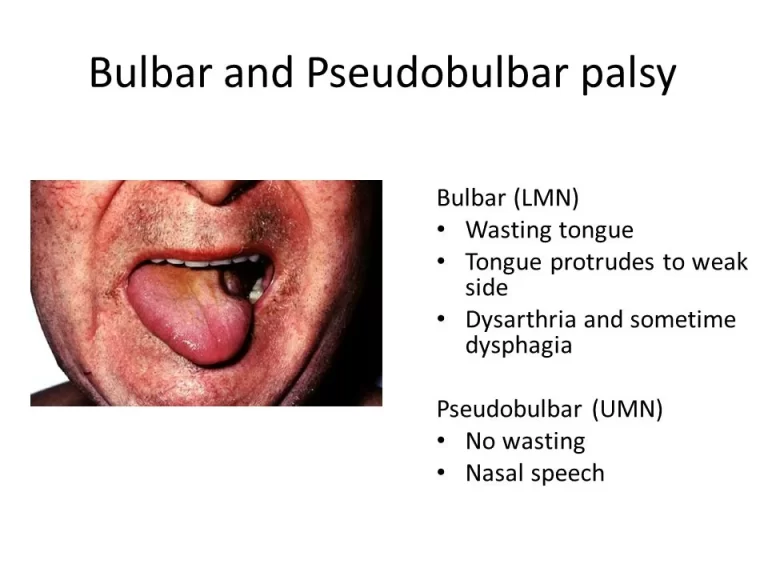Lennox-Gastaut syndome
Table of Contents
What Is Lennox-Gastaut Syndrome?
- Lennox-Gastaut syndrome (LGS) is a rare and severe kind of epilepsy that begins in childhood.
- Children with Lennox-Gastaut syndrome (LGS) have seizures often, and they have several different kinds of seizures.
- This condition is hard to treat, yet researchers are looking for new therapies.
- Finding practical and emotional support is key to assisting you to give your child the best quality of life while facing the challenges and stress this illness brings.
- The seizures commonly start between ages 2 and 6.
- Children with Lennox-Gastaut syndrome (LGS) have learning difficulties and developmental delays (like sitting, crawling, and walking) that can be moderate to severe.
- They can also have behavioral problems.
- Each child develops differently, and it is impossible to predict how a child with LGS will do.
- While most children have ongoing seizures and certain forms of learning disability, some may respond well to treatment and have fewer seizures.
- Others may continue to have seizures often, as well as problems with thinking, development, and behavior, and will need to assist with daily living activities.
- Some parents find that a special diet, called the ketogenic diet, assists.
What are the Causes of Lennox-Gastaut Syndrome?
- Doctors do not always know what caused a child’s Lennox-Gastaut syndrome (LGS).
In certain cases, it could be caused by:
- Loss of oxygen during birth,
- Severe brain injuries linked with pregnancy or birth, such as less birth weight or premature birth,
- Brain infections (like encephalitis, meningitis, or rubella),
- Seizures that begin in infancy, called infantile spasms or West’s syndrome,
- A brain problem called cortical dysplasia, where certain nerve fibers in the brain don’t line up right during development in the womb,
- Tuberous sclerosis, where non-cancerous tumors form in many places throughout the body, involves the brain
- Genetics.
Lennox-gastaut syndrome behavioral problems
- Because the seizures associated with Lennox-Gastaut syndrome are commonly resistant to treatment, intellectual impairment and learning problems may worsen over time.
- Children with Lennox-Gastaut syndrome may too develop behavioral problems ranging from hyperactivity and irritability to autistic symptoms and psychosis.
What are the Symptoms of Lennox-Gastaut Syndrome?
- Children with Lennox-Gastaut Syndrome have frequent and severe seizures.
And they often have different kinds of seizures, involving:
Atonic seizures: Also called “drop attacks,” the person loses muscle tone and can drop to the ground. Their muscles may jerk. These seizures are brief, commonly lasting a few seconds.
Tonic seizures: These seizures cause the person’s body to stiffen and can last for some seconds to a minute. They commonly happen when the person is asleep. If they occur when the person is awake, they can cause drops. Like atonic seizures, they are too called drop attacks.
Absence seizures: During these seizures, a person may have an empty stare or nod their head or blink quickly.
- In some children, the first sign of Lennox-Gastaut Syndrome is an ongoing seizure that lasts 30 minutes or continuous seizures without full recovery between them. This is called status epilepticus, and it is a medical crisis.
- People with Lennox-Gastaut Syndrome may also have slower reaction times.
- certain have problems learning and processing information.
- They may have behavioral problems, also.
Genetics of Lennox-Gastaut syndrome
- Most cases of Lennox-Gastaut syndrome are sporadic, which means they happen in people with no history of the disorder in their family.
- When Lennox-Gastaut syndrome is associated with a genetic change, the mutation is commonly not inherited but occurs as a random (de novo) event during the formation of reproductive cells (eggs or sperm) in an affected person’s parent or in premature embryonic development.
- However, 3 to 30 percent of people with this condition have a family history of a certain type of epilepsy, indicating that inherited genetic factors may play a role in some cases of Lennox-Gastaut syndrome.
Getting a Diagnosis of Lennox-Gastaut Syndrome
Your doctor will want to know:
- When did you 1st notice a problem?
- Has your child had seizures? How many? How frequent?
- How long did it last, and how would you describe what occurred?
- Does your child have any medical conditions or accept any medications?
- Were there any complications during birth?
- Do you know if your child has some brain injuries?
- Does your child have issues with learning or behavior?
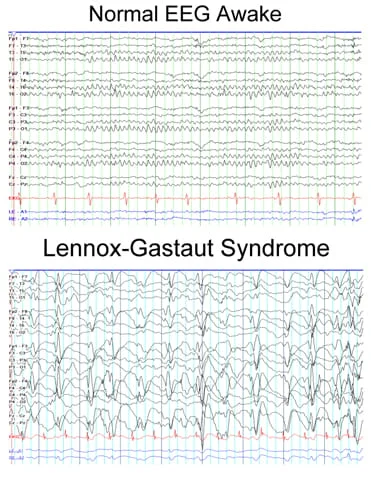
Your doctor will look for three signs to diagnose Lennox-Gastaut Syndrome:
- Numerous kinds of seizures that are hard to control,
- Developmental delays or intellectual disability,
- An electroencephalogram (EEG) shows a specific kind of pattern, called a steady spike-wave pattern, between seizures.
- An electroencephalogram (EEG) uses a machine to record electrical activity in the brain.
EEG findings
- Findings strongly suggest LGS involves a consistent slow spike-wave (< 3 hertz [Hz]) on awake EEG.
- The complexes commonly consist of a spike (duration < 70 milliseconds) or a sharp wave (70-200 milliseconds), followed first by a positive deep trough, then a negative wave (350-400 milliseconds).
- Not every wave is preceded by a spit.
- Bursts increase and decrease without total onset and offset.
- Slow spike waves may happen during seizures or between seizures, or may occur in absence of any observable clinical changes which assists distinguish patterns from extended 3-Hz spike-wave discharges.
Triad of Lennox-Gastaut syndrome
- Lennox-Gastaut syndrome (LGS) is a rare yet severe form of childhood epilepsy characterized by a triad of multiple seizure types, characteristic electroencephalogram(EEG) findings, and intellectual impairment.
- It is one of the epileptic encephalopathies.
What is the Treatment of Lennox-Gastaut Syndrome?
Medications
- Doctors may prescribe a variety of drugs to treat seizures from Lennox-Gastaut Syndrome(LGS).
- The goal is to decrease the number of seizures with medication that causes the fewest side effects.
- Finding the right treatment for your child will probably hold time and close coordination with the doctor.
Drugs used to treat seizures involve:
- Cannabidiol (Epidiolex),
- Clobazam (Onfi),
- Felbamate (Felbatol),
- Lamotrigine (Lamictal),
- Rufinamide ( Banzel),
- Topiramate (Topamax),
- Valproate, valproic acid (Depakene, Depakote).
- Commonly, no single medication controls seizures completely.
- The doctor will monitor your child’s medication closely, especially if your child holds more than one at a time.
Diets
- A special high-fat, low-carbohydrate diet, called the ketogenic diet, helps some people with epilepsy, including some children with Lennox-Gastaut Syndrome(LGS).
- It is a high-fat, low-protein, low-carb diet.
- It has to be begun in a specific way and followed very strictly, so you need a doctor’s supervision.
- Your doctor will look closely to see whether or when any medication levels can be lowered.
- Because the diet is so particular, your child may need to take vitamin or mineral supplements.
- Doctors are not sure why the ketogenic diet works, but some studies show that children with epilepsy who stay on the diet have a better chance of reducing their seizures or their medications.
- For certain kids, a modified Atkins diet may work, too.
- It is slightly various from the ketogenic diet.
- You do not have to restrict calories, protein, or fluids.
- Also, you do not weigh or measure foods.
- Replaced, you monitor carbohydrates.
- People with seizures that are hard to treat have also tried a less glycemic index diet.
- This diet focuses on some types of carbs, as well as the amount, that someone eats.
Medical Marijuana
- A lot of attention has been focused on using medical marijuana to treat children with epilepsy, and so many families are interested in learning more.
- Doctors have not yet studied the use of medical marijuana in children who have Lennox-Gastaut Syndrome(LGS), and most of the studies using it to treat epilepsy have focused on short-term benefits.
- According to the Lennox-Gastaut Foundation, more research is needed to find out if this is a safe and effective treatment for children with Lennox-Gastaut Syndrome(LGS).
Surgery
- If medications and other treatments are not reducing the number of seizures, your doctor may recommend surgery.
- The vagus nerve stimulator is a little device placed in the arm or near the chest.
- It sends electrical impulses to the vagus nerve, which goes from the abdomen to the brain.
- The nerve then sends those impulses to the brain to assist control seizures.
- The surgery is done under general anesthesia and takes about an hour.
- The RNS stimulator is a device that is placed inside the skull and is connected to the brain.
- It senses any abnormal electrical activity and then sends electrical impulses to the brain to try to keep seizures from occurring.
- Corpus callosotomy splits the left and right hemispheres of the brain.
- That keeps seizures that begin in one part of the brain from spreading to the opposite side.
- It is commonly suggested only for people who have severe, uncontrollable seizures that cause them to fall and get hurt. Someone who has a corpus callosotomy will need to stay in the hospital for 2 to 4 days and will keep taking anti-seizure drugs after they go home.
What to Expect?
- Parenting a child with Lennox-Gastaut Syndrome(LGS) is tough.
- If your child has frequent seizures, they may need to wear a helmet to cure them if they fall.
- You may have to deal with behavioral problems such as acting out, and side effects from anti-seizure drugs.
- There is no cure for Lennox-Gastaut Syndrome(LGS), although there is a lot of research to find treatments that work better.
- Each child with Lennox-Gastaut Syndrome(LGS) has different needs.
- Most continue to have seizures and intellectual disabilities later they grow up.
- Some may be able to live independently, but most will need to assist with daily activities.
- They may require to live in a group or assisted living home.
- It is important for parents and siblings to get the support they need as caregivers and family members facing life with this severe condition.
- Talking with other families facing the same challenges can assist you to feel less isolated, and getting tips and information from others can make daily life easier.
Getting Support
- To learn more about Lennox-Gastaut syndrome, you can visit the website of the Lennox-Gastaut Syndrome(LGS) Foundation.
- It is a good starting place to find the support you and your family may need.
FAQs
What is Lennox-Gastaut syndrome symptoms?
Lennox-Gastaut syndrome (LGS) is a type of epilepsy.
Patients with Lennox-Gastaut syndrome(LGS) experience many different types of seizures involving: Tonic – stiffening of the body. Atonic – temporary loss of muscle tone and consciousness, causing the patient to fall. Atypical absence – staring episodes.What is the life expectancy for Lennox-Gastaut syndrome?
The biggest risks from Lennox-Gastaut syndrome(LSG) come from damage to the brain due to uncontrolled seizures or falls that happen because of seizures. Because of those risks, people with Lennox-Gastaut syndrome(LGS) have a death rate between 3% and 7% over 10 years after their diagnosis.
Is Lennox-Gastaut syndrome curable?
There is no cure for Lennox-Gastaut syndrome(LGS), although there is a lot of research to find treatments that work better.
Each child with Lennox-Gastaut syndrome(LGS) has different needs.
Most continue to have seizures and intellectual disabilities as they grow up.
Some may be able to live independently, but most will need to assist with daily activities.What types of seizure is Lennox-Gastaut?
The most usual types of seizures associated with Lennox-Gastaut syndrome are tonic and atonic seizures.
Tonic seizures cause raised muscle tone and muscle stiffness.What triggers Lennox-Gastaut syndrome?
Lennox-Gastaut syndrome can be caused by a variety of conditions, involving brain malformations, tuberous sclerosis, perinatal asphyxia, severe head injury, central nervous system infection, and inherited genetic and inherited degenerative or metabolic conditions.
In 30 to 35 percent of individuals, no cause can be found.


